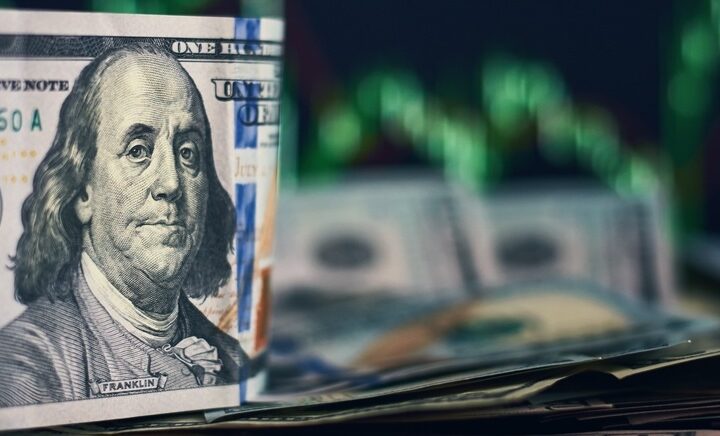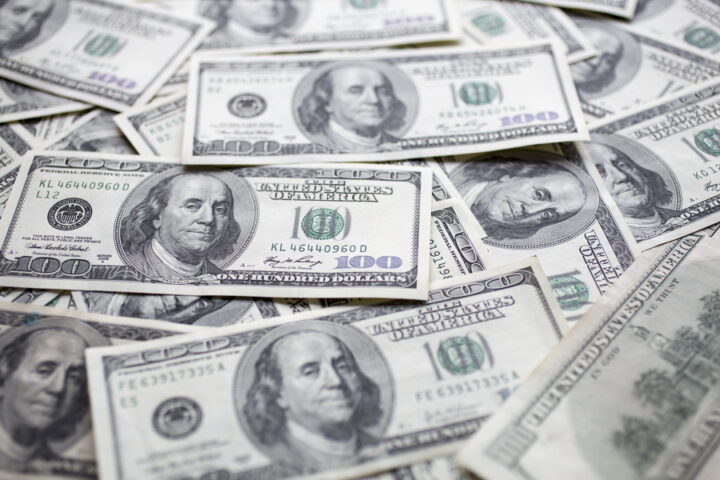Asian stocks are set for their third consecutive week of gains on expectations of strong U.S. jobs data later on Friday while the euro held on to most of its overnight gains after the European Central Bank raised interest rates.
Strong U.S. payrolls would signal the world's biggest economy is recovering from a soft patch and would encourage fund allocations in riskier assets such as emerging market equities which have broadly underperformed their developed market counterparts this year.
Risky assets, particularly in Asia have had a rocky first half due to concerns ranging from rising inflation to a hard landing in China and have only begun to recover somewhat since last week on expectations of a better second half.
The MSCI world index, which is up nearly 6% this year, has outperformed its emerging market counterpart so far this year by a factor of 3, investors expect this gap to quickly narrow in coming weeks.
On Friday, Japan's Nikkei hit a four-month high and Hong Kong shares climbed more than 1%, helped by shares of cyclical sectors like materials and resources.
"The Nikkei's comeback is quite remarkable and faster than I had expected. Macroeconomic data from the U.S., which was really poor in mid- and late June has recovered quickly and that's helping the Nikkei," said Hiroaki Osakabe, a fund manager at Chibagin Asset Management in Tokyo.
"If U.S. non-farm payrolls on Friday don't disappoint, we may see the market next week regaining all the ground that it lost since the quake," said Osakabe.
A Reuters survey conducted last week found that economists were looking for an increase of 90,000 non-farm jobs after May's meager 54,000 gain. But economists now believe employment probably rose anywhere between 125,000 and 175,000. The MSCI index of Asia-Pacific shares outside Japan was up 0.8%, hitting a June 1 peak. For the week it is up 2%.
CHEAP VALUATIONS
Asian equities posted strong gains since last week as fears of an imminent Greek debt default ebbed and encouraging U.S. data strengthened views that the world's largest economy was turning around after a patchy first half, encouraging investors to load up on relatively cheap assets like Chinese banks.
Some market players suggest a short-term bounce in mainland financial shares is possible, given that their valuations are trading near the troughs last seen during the financial crisis. That would help lift broader market benchmarks where these stocks have a high weighting.
A gauge measuring the performance of Chinese financials in Hong Kong is up by more than 4.5% in the last two weeks.
Other risky assets also rose. The New Zealand dollar held near a 30-year high against the U.S. dollar while the Australian dollar flirted with a 26-year peak versus the sterling.
In another sign of increased tolerance towards high yielding assets, investors pumped funds into both equity and fixed-income funds for the week ended July 6, with corporate high-yield funds breaking a five-week streak of net redemptions, data from Lipper showed.
Even the euro , which has been buffeted by a steady stream of bad news this week from rating agencies, held firm in the middle of a 1.49-1.39 range carved since May.
It last traded at $1.4351, with resistance looming at $1.4395-$1.4400, the 50% retracement of the July 4-7 decline and 55-day moving average after the ECB delivered a much expected quarter point rate hike on Thursday and said further increases are likely.
In bond markets, Treasuries had a torrid session due to the strong U.S. data with yields on ten-year notes hovering around 3.15%, nearing a six-week high of 3.22% hit last week.
U.S. companies hired four times more workers in June than in May, while jobless claims fell, according to data released on Thursday, while top retailers reported better-than-expected sales. That prompted several economists to raise forecasts for the government's non-farm payrolls count due later on Friday.
U.S. crude futures edged up a few cents to $98.71 per barrel after rising by more than $2 in the previous session as the U.S. data fueled hopes the economic recovery was regaining traction.
Demand for perceived safe-haven assets like gold was tarnished due to the increased risk tolerance with gold and silver dipping slightly.







